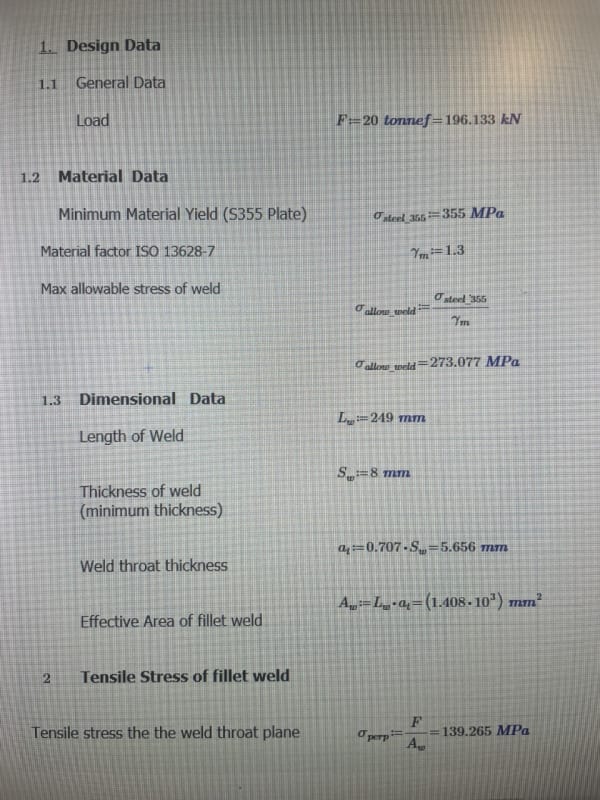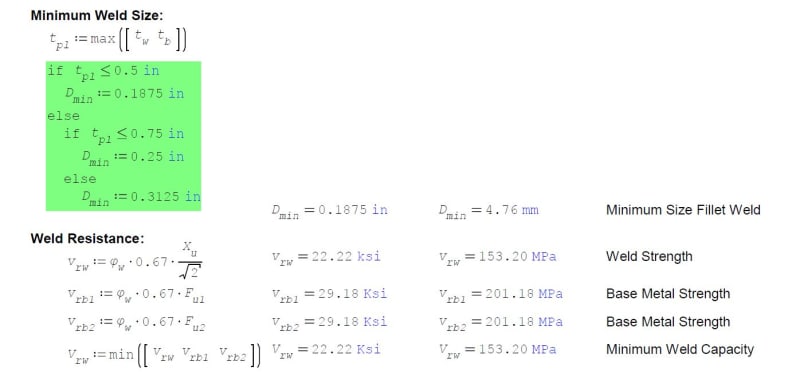-
1
- #1
flydan27
Student
- Feb 2, 2022
- 11
I have a fabricated clevis with 8mm fillet weld all round the two lugs. The force is 20mT axial but might see some shear. How do you calculate the weld tensile/shear shear stress of this clevis ? I have attached some phots above and started with the calculation.



![[pipe] [pipe] [pipe]](/data/assets/smilies/pipe.gif)